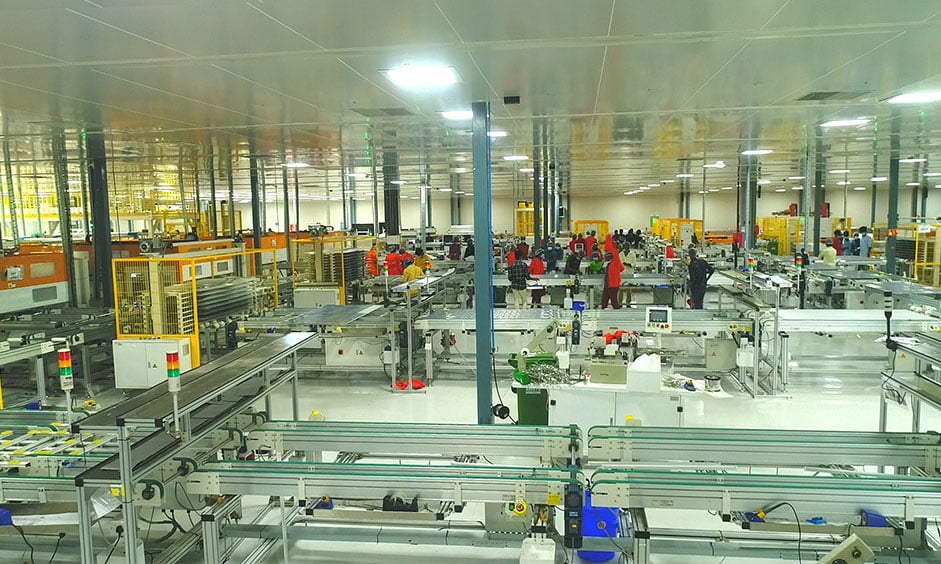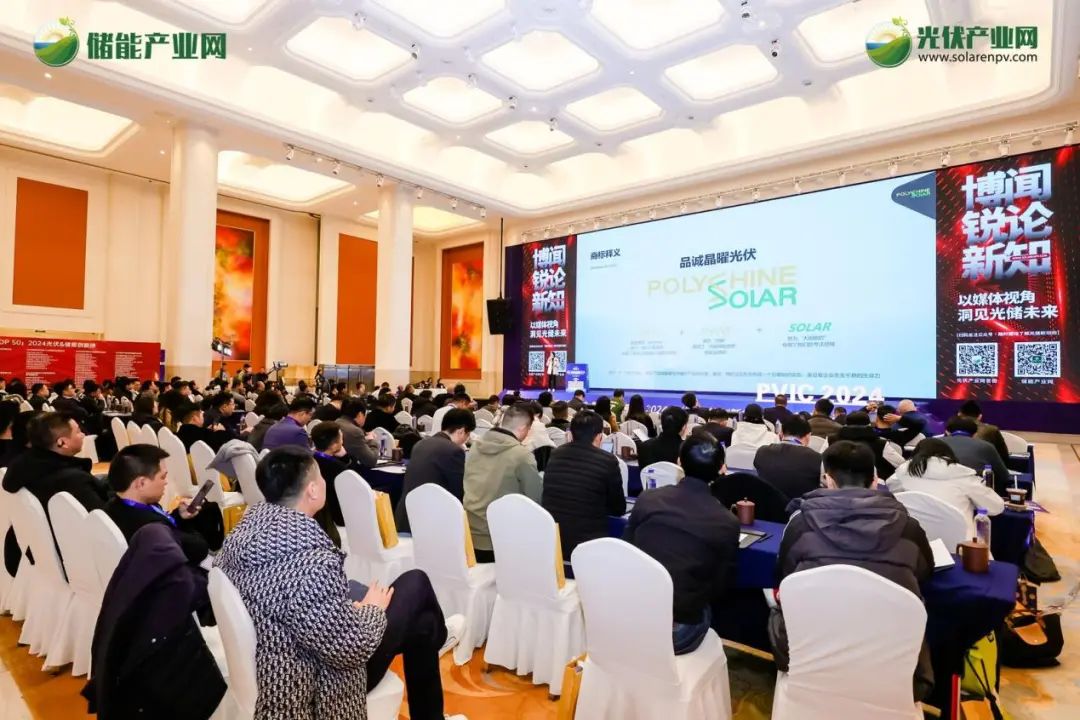
Image: Vikram
Indian solar PV manufacturer Vikram Solar has officially commenced commercial operations at its 5GW Vallam module manufacturing facility, marking a major step forward for the company and India’s solar industry.
The new facility raises Vikram Solar’s total module production capacity to 9.5GW and features a suite of technologies described as “next-generation automation,” including intelligent robotics and automated packaging processes. Vallam is capable of producing modules across multiple formats, including M10, G12, and G12R.
“Vallam is a defining milestone for Vikram Solar and for India’s solar manufacturing story,” said Gyanesh Chaudhary, Vikram Solar chairman and managing director. “Commissioning this 5GW facility within the year was a bold commitment, and delivering on it signals our readiness for the scale, speed, and innovation the next decade demands.”
Modules from the Vallam facility will be supplied to both utility-scale and distributed solar projects across India. This expansion follows recent module supply agreements, including deals with AB Energia and L&T Construction signed in September.
The AB Energia deal involves Vikram Solar’s tunnel oxide passivated contact (TOPCon) modules, which will form the primary production output at Vallam. The facility is also designed to allow seamless upgrades to heterojunction technology (HJT), following the launch of Vikram Solar’s first HJT module last year, providing potential for further HJT manufacturing in the coming years.
Chaudhary emphasized that the company’s future priorities include “advanced manufacturing, automation-led quality, and technology platforms that become new benchmarks for the sector,” with the transition to HJT technology falling under this strategic focus.
The announcement aligns with India’s broader push to expand domestic cell and module manufacturing capacity to secure critical components for the country’s energy transition. According to Mercom India, India could commission an additional 171GW of solar cell capacity and 279GW of module manufacturing capacity by 2030.






